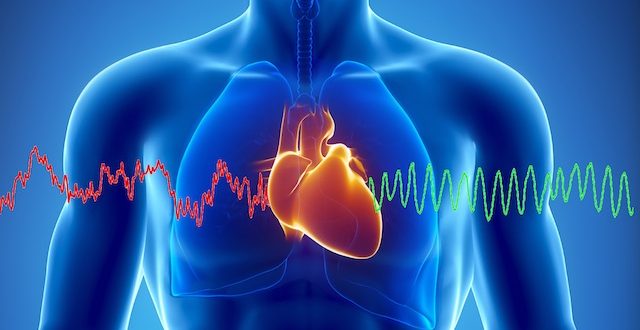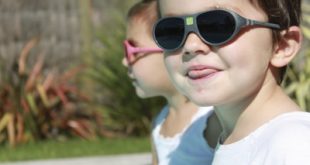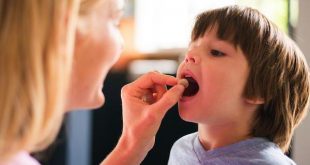Knowing your body is part of the mandatory base knowledge every person should have. All we care about is our look – hairstyle, clothing, manners. Often, however, we are irresponsible to the state of the invisible part of our body – which our existence depends on, the quality and duration of our own single – life.
All cells, organs and systems in the human body are inextricably linked. Interference in the functions of each cell affect the overall condition of our body. In order for the body to live, foods and nutrients are carried to it by the blood.
Blood – it is about 4-5 liters. Men have more of it, women less and elderly people the least. In addition to supplying nutrients to cells and tissues, blood is exporting their waste products received at exchange /metabolism/ to various organs /kidneys, lungs, liver, intestine, skin/ – for disposal. Lung accepts the oxygen needed for cell respiration and burning substances and dispose waste carbon monoxide.
Blood consists of a liquid environment/plasma/ and form elements. They are basically 3 types. Erythrocytes /RBC/ contain hemoglobin. They consists of a blood protein, and iron, and provides the gas transport. When it carries oxygen is called oxyhemoglobin and, when loaded with carbon dioxide – carboxyhemoglobin.
WBC /white blood cells/ are “culprits” of the body – they defend the body of blood disease organisms by absorbing them. This is their most important core function called phagocytosis.
Platelets also perform security functions, participating constructively in coagulation – very important process when an injury leads the blood out of the blood vessels.
Erythrocytes live an average of 120 days, while leukocytes and platelets – 4-5 days. So blood continuously updates its form elements. They as well as the plasma is formed in red bone marrow, which is located in the cavities of long tubular bones, and has a total weight of 1.6 to 3.7 kg. They are formed also in the spleen, lymph nodes and reticuloendothelial system. “Building materials” are iron, vitamin B6, B12 and C, folic acid, trace elements cobalt and copper. They all are contained in variety of foods, especially meat, liver, cabbage.
After 70 years the red bone marrow is already half vestigial and has turned into yellow, which produces nothing.
If the blood stops moving through the body, life will stop. So it is in constant circulation.
Circulation takes place in two rounds:
- The small circle is between the right ventricle of the hard and its left atrium. Right ventricle pushes “contaminated” blood through the pulmonary artery in the lung. There this blood gets ventilated, releases carbon dioxide and take in oxygen through the pulmonary veins goes into the left atrium.
- The large range starts from the left ventricle – arterial blood already “clean”, gets into the left ventricle of the heart and into the biggest blood vessel of our body – the aorta. Thence through its arterial branches goes into the thinnest ends – capillaries, and brings oxygen to all cells. There waste products through the veins of the body are collected in two hollow veins and conclude the great circle in the right atrium, where it falls in the right ventricle and resumes his small circle.
All this happens in our body thanks to our tireless heart.
Heart – it is a hollow muscular organ weighing about 250-350 grams, while in men it is bigger. The heart is in charge of the central nervous system, but also has its own wire system that is very vulnerable to the influenza virus.
Strong barrier separates the left atrium and the left ventricle from the right atrium and right ventricle and atria with each other and cameras pulmonary veins, pulmonary artery and aorta are separated by valves. Slowing the heart rate below 60 beats is called bradycardia, and when it is over 84 – tachycardia. Tachycardia is much more dangerous, especially if there is diagnose for disease.
For 1 minute our heart pushes about 3 to 5.2 liters of blood throuh our veins, and the load in athletes can reach up to 40 liters. The heart is richly supplied with blood through a dense network of arteries and capillaries. It does not stop working for a minute of the third month of fetal development of the fetus to the man’s death. Even when we sleep and rest, our heart works.
Throughout our lives our heart does not know rest. Our heart never rests and needs to eat. Let us take care of him and give him what he needs – healthy life.
 Happy at Home Family Problems & Solutions | Home & Health Tips
Happy at Home Family Problems & Solutions | Home & Health Tips








